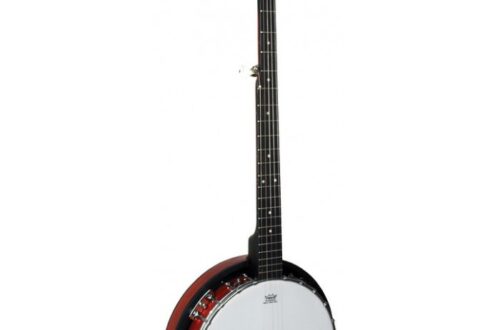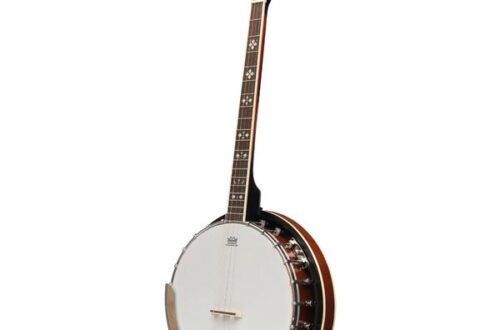Mormon Artists Represent the Divine Feminine
The Church of Jesus Christ of Latter-day Saints boasts an array of professional artists who employ their artistic expertise to express the principles and teachings of their religion.
Christian Christensen was one of these professionals, most famous for becoming a Mormon when he joined the Church in 1857 and later creating a series of paintings documenting its history.
Symbols of Heavenly Mother
Mormon artists have increasingly depicted Heavenly Mother with various body types and races, such as Black, Latina, Polynesian, Asian and Native American artists.
These works reflect a departure from traditional depictions of God the Father and Jesus that feature white, tall figures with bearded halos. Furthermore, these new works also represent the diverse and inclusive nature of global Mormonism today.
Artists have also used non-representational art to convey their ideas about Heavenly Mother. Some have experimented with abstraction, like Ben Crowder’s piece Their Work and Their Glory (fig. 7), which explores how two distinct beings can work together without losing their identities.
Symbols of Heavenly Father
Traditionally, artists have attempted to depict Heavenly Father with one human figure. To do this successfully requires them to grapple with questions of age, culture and race as well as how best to depict transcendent elements while including rituals and limitations of this fallen world.
Artists are now exploring these issues through non-representational art that uses symbols and shapes to convey concepts or entities. Their designs may draw from longstanding struggles to accurately represent divinities as singular human figures, yet through shapes and symbols evoke an infinite divinity.
Ben Crowder, an American software engineer, is known for creating works which utilize abstraction as a representation of God and Heavenly Parents. One such work by him titled Their Work and Their Glory (fig 7) features beings who remain un-gendered or identifiable but form a parallelogram indicating equal partners.
Abstract Images of Heavenly Mother
Latter-day Saint artists are increasingly using abstract imagery to depict the divine feminine, unlike many religious traditions that employ more realistic representation of deities.
Mormon artists have increasingly taken up abstract images that reimagine the divine feminine through diverse stylistic and environmental options, creating an abundance of styles. By depicting this deity through varied images, Mormon artists aim to break down social constructs which restrict depictions of divinity.
As was true of Mary in Christian tradition, Heavenly Mother has also been glorified in recent decades by marginalized members of the LDS Church. These artists, often overlooked by institutional Church leadership, have found immense inspiration from deifying Mother.
Abstract Images of Heavenly Father
Mormon artists have evolved beyond depicting God the Father as white, tall, bearded and physically fit; instead expressing more variety by showing Heavenly Mother with various body types ranging from feminine to masculine appearances and depicting her with more nuanced qualities.
Abstract images of Heavenly Father that have emerged over the past decade represent a significant change for Mormon artists. Religious art had historically focused on realistic illustration – which could be found in numerous Church-approved paintings.
But some contemporary artists have taken steps to go beyond this approach to Mormon deity representation. Santa Clara Pueblo Indian artist Kwani Povi Winder of Santa Clara Pueblo makes use of angles, circles and swirls to represent her deity with symbols from her Native American culture – signalling that her version is different than what has traditionally been associated with LDS temple symbolism.

